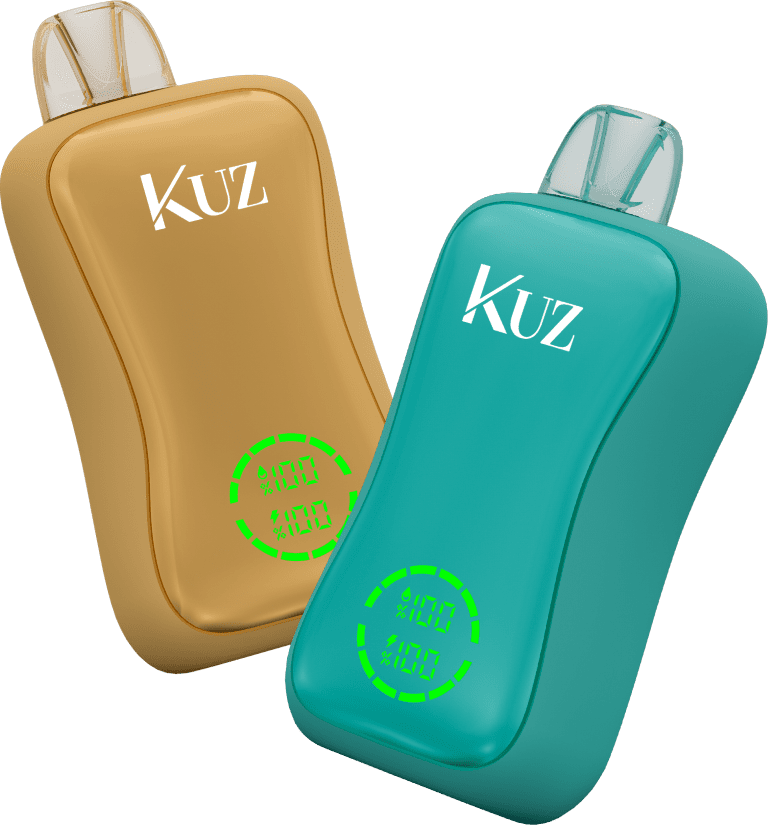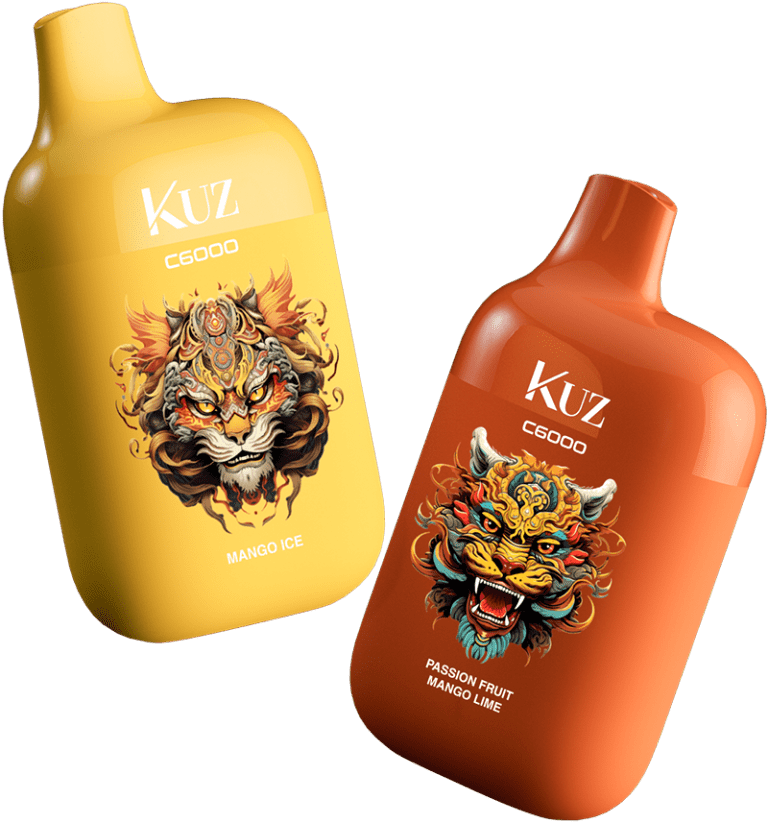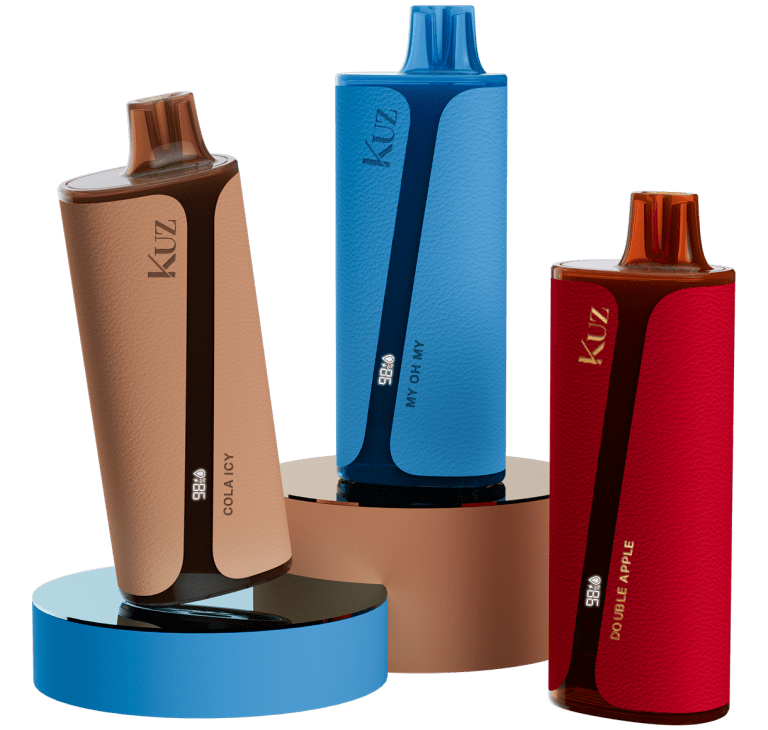As vaping continues to rise in popularity, more travelers are curious about the regulations governing the transportation of vaping products across international borders, particularly into Canada. If you’re planning to bring your vape or related products into Canada, it’s essential to be well-informed about the rules and regulations to avoid any unexpected issues at the border.
Understanding Canada’s Vaping Regulations
Canada has a relatively open stance on vaping, but it is governed by strict regulations under the Tobacco and Vaping Products Act (TVPA). This act, which came into force in May 2018, sets out rules for the manufacture, sale, labeling, and promotion of vaping products in Canada. The act applies to both Canadian citizens and visitors bringing vaping products into the country.
Legal Age and Quantity Limits
To bring vaping products into Canada, you must be of legal age, which varies between 18 and 21 depending on the province. While there isn’t a specific limit on the quantity of vape juice you can bring, it’s important to keep the amount reasonable and for personal use. Authorities suggest that bringing more than a three-month supply might raise suspicions and could lead to additional scrutiny.
Air Travel with Vaping Products
When flying into Canada, you must adhere to both TSA and Canadian regulations. Vaping devices, including their batteries, are only allowed in carry-on luggage, as they pose a fire hazard in checked baggage. E-liquids are also permitted in carry-on bags but must comply with the standard liquid rules, which means they should be in containers no larger than 100 ml and fit within a quart-sized resealable bag.
It’s important to note that while you can bring your vaping products on board, using them during the flight is strictly prohibited. Violations can result in heavy fines and even legal action.
Entering Canada by Land
For those crossing the Canadian border by car, it’s crucial to declare your vaping products when asked. Failure to do so can result in delays, fines, or even the confiscation of your items. Canadian customs agents have the authority to impose penalties if they suspect you are importing vaping products for commercial purposes or if you exceed what they deem a reasonable amount for personal use.
Compliance with Provincial Regulations
While federal law governs the importation and possession of vaping products, individual provinces have their own rules, especially concerning where you can vape and the sale of flavored products. For example, some provinces have more stringent restrictions on flavored vape juice, which could affect your ability to purchase additional supplies once in Canada.
Potential Penalties and Fines
The Canada Border Services Agency (CBSA) is vigilant about enforcing these regulations. If you are found in violation, whether by failing to declare your vaping products or exceeding the legal limits, you could face significant fines, the seizure of your products, or even criminal charges in extreme cases.
Conclusion
Bringing vapes across the Canadian border is generally permissible, but it requires a thorough understanding of the relevant laws and regulations. To ensure a smooth and hassle-free entry, make sure you are of legal age, declare your vaping products, and comply with both federal and provincial guidelines. By staying informed and prepared, you can continue your vaping routine without any disruptions during your travels.
Before your trip, it’s advisable to check for any updates to these regulations, as Canadian laws can evolve. Safe travels, and vape responsibly!



